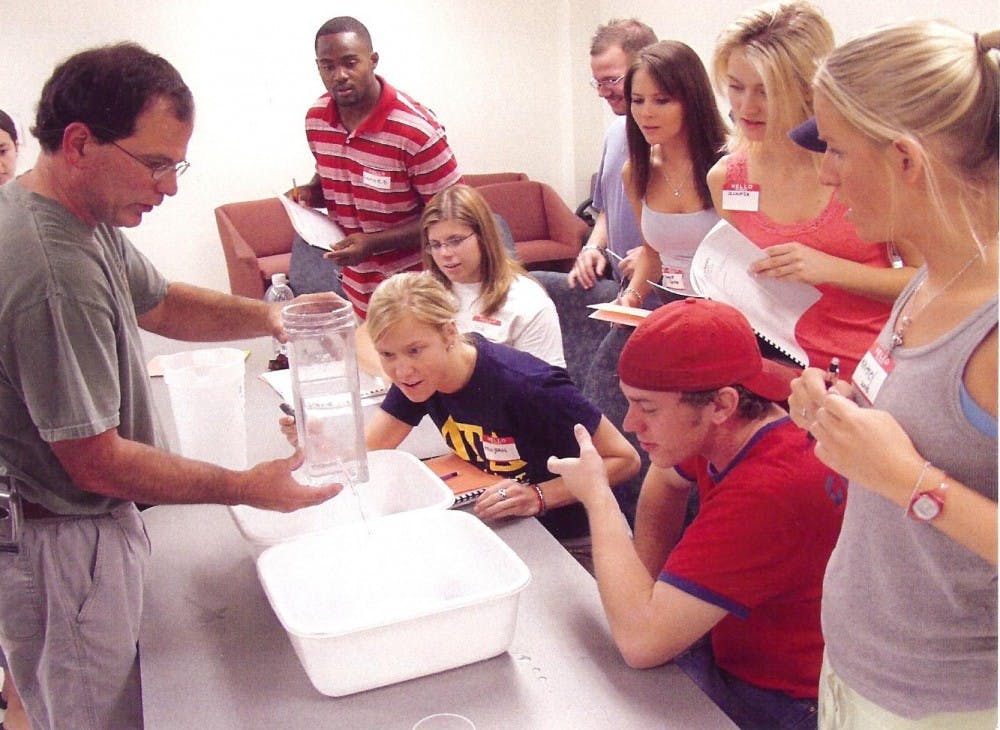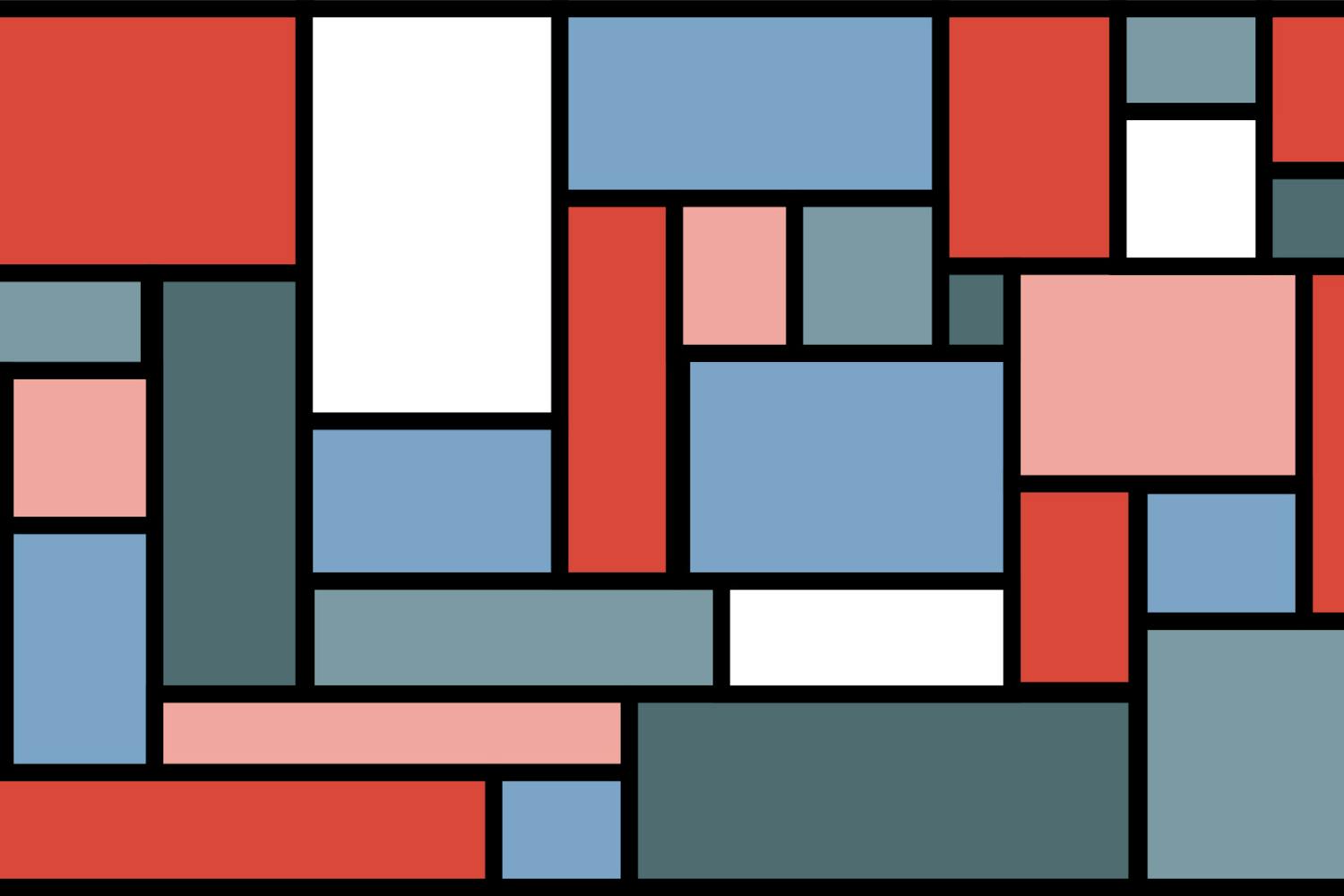When it comes to science, not everyone can be an Einstein.
To the rescue for many non-science majors in need of science requisite fulfillment: ASU's now retired professor James Mayer, who taught at the Ira A. Fulton School of Engineering. James Mayer, who later was joined by his wife Professor Elizabeth Mayer, began instructing Patterns in Nature in the summer of 1994, a class that slowly came to be known by students as the easiest science class at ASU.
Despite its reputation, former students of the class say it is ideal for their schedules and should not contribute to some outsiders’ image of ASU being a slacker school. The course doesn’t reinforce a slacker image.
Former Patterns in Nature student Casey Musser writes via email that the course was “thankfully” a manageable course.
“I had two jobs, an internship and 18 units at the time that I took this course, so it was imperative that the science course I took not meet every day for hours on end,” Musser, an ASU journalism graduate, writes. “I think that despite it being a relatively easy course, I still got a lot out of it, and I enjoyed the freedom the professors give you to learn and explore the topics that you find yourself most interested in.”
Former student of the class Gloria Tello, a film and media production junior in the Herberger Institute for Design and the Arts, says it was not a demanding class, but that doesn’t mean you don’t learn anything.“I really, really enjoyed it,” Tello says. “I learned a lot of simple things about light.”
The course is specifically designed for non-science majors, and students who major in Physics and other science-related fields can only receive elective credit for the course. Professor Frank Mayer, son of James and Elizabeth Mayer, believes in the benefit from the class:
“It has been set up to give students an understanding of concepts they may not have understood before in an in-depth science course,” says Frank Mayer in a phone interview. “It’s known as easy because [the class] makes it easy to ingest what they’re learning.”
 Professor Frank Mayer and his father, James Mayer, teach a class together. Photo courtesy of Frank Mayer.
Professor Frank Mayer and his father, James Mayer, teach a class together. Photo courtesy of Frank Mayer.Joining his parents in the spring of 2000 and teaching the course with them over the next eight years, Frank Mayer says that the “joy of the course [is meeting] the needs of so many learners.”
Frank Mayer goes on to say that though the course may seem almost too manageable to students, effort must still be put into the coursework to pass. Later in an email, he explains what “easy” means to most professors: an ease of completion of assignments, organization of the material, meaningfulness of assignments, and students relating to the material they have covered in class.
“We want students to succeed and be able to walk away from the course with a greater appreciation of the material and the ‘joy’ of understanding the fundamental concepts covered in it."
When calculating how many students have enrolled in the class, Frank Mayer noted that the 6,789th student – “a little pattern in itself,” he says – will be at the Sept. 6 lab at the Goldwater Center for Science & Engineering. The student that will turn out to be the 6,789 enrolled learner will receive a free book that he or she can use during the semester.
 Professor Frank Mayer with student Marisa Seymour during a lab in which he introduces both his parents through a photo. Photo courtesy of Frank Mayer.
Professor Frank Mayer with student Marisa Seymour during a lab in which he introduces both his parents through a photo. Photo courtesy of Frank Mayer.As a tradition, not only is Professor Frank Mayer going to be celebrating the continued interest in the class, but he will also be handing out a golden dollar to all students during the Sept. labs.
The golden dollar is a way to honor all students “as participants in the class and to give them a ‘patterns’ good fortune coins.”
Frank Mayer explains, “The coin is an example of how the concepts of the course are connected. They are shown how to analyze the coin with various techniques, with optical microscopy, standing electron-microscopy and material analysis using x-ray fluorescence*.”
Many students in majors part of the liberal arts, or in other non-science programs, may find themselves light-years away from seemingly convoluted science jargon — but the online class with in-person labs is designed to cover topics from a broader perspective, making the material painless and enjoyable.
*XRF is a handheld x-ray device that has been recently acquired by the professor that is now used in the labs.
Contact the writer at nagonza1@asu.edu or via Twitter @NoemiPossible.





